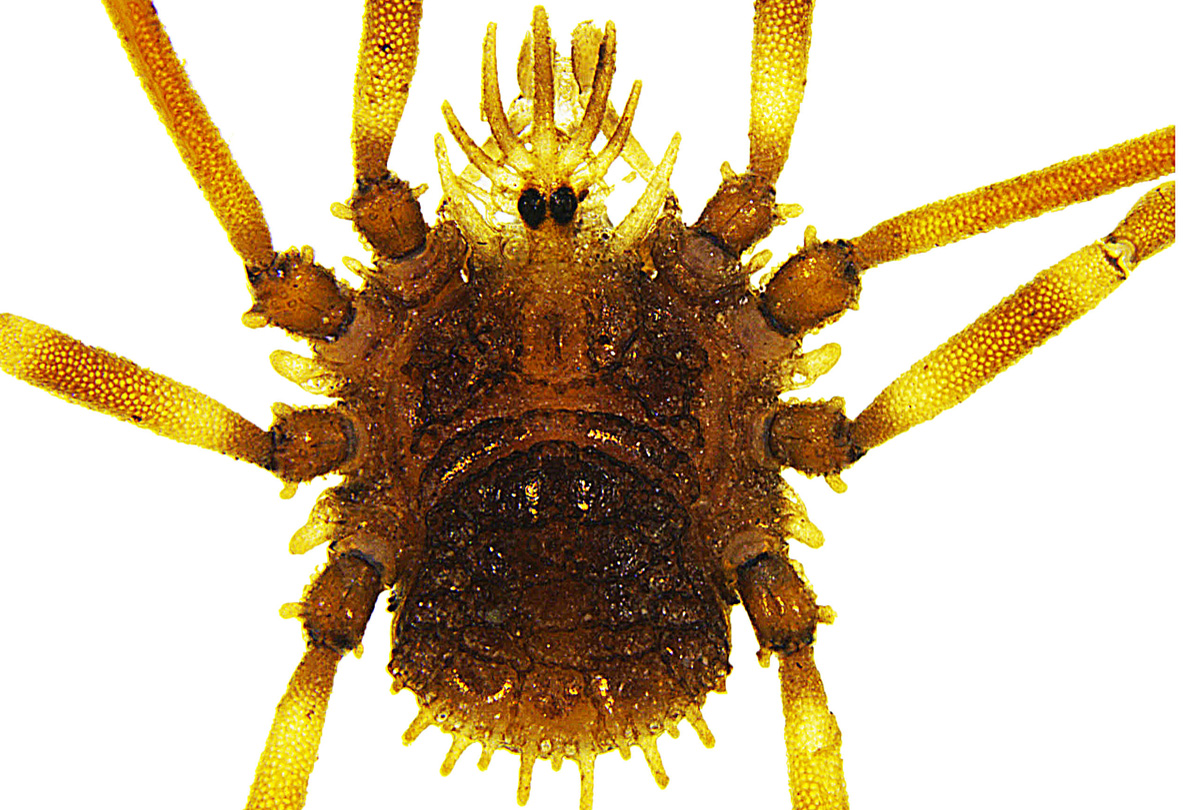Abstract
A new genus and species of enarthronote oribatid mite, Psammochthonius kethleyi n. g., n. sp., is described and illustrated based on adult and immature specimens collected from coastal sandy soil in Thailand (Phang-nga), Brazil (São Paulo) and the USA (Mississippi). Analysis shows that it is a member of Hypochthonioidea, but not of any named family, so the monobasic family Psammochthoniidae n. fam. is proposed. Traits that are unique among hypochthonioid mites include an adult body length under 250 μm, a functionally trichoid body form (postpedal flexing), strong lateral displacement of setae in row e, which insert on a unique form of transverse scissure, subcapitular stenarthry, leg IV vestiges and a possible precocious genital swelling in the larva, apparent absence of an anal segment, and a highly regressed leg setation. The latter two, and some other traits that were previously unknown in Hypochthonioidea, suggest that Psammochthoniidae represents the first clearly paedomorphic lineage in this diverse superfamily. Like all other known hypochthonioid mites, P. kethleyi appears to be thelytokous.

